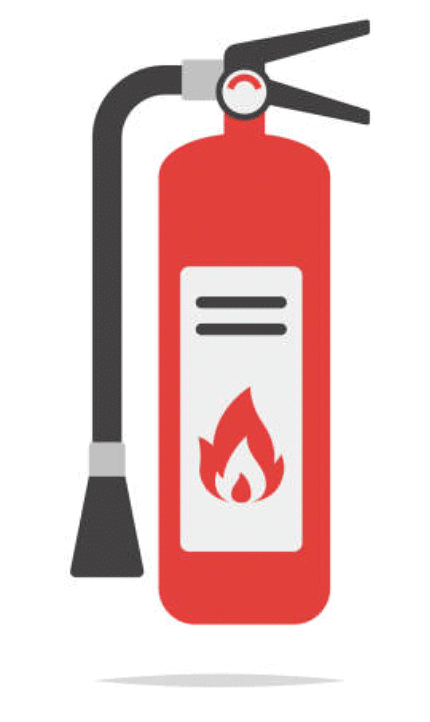Class 8 Science - Combustion and Flame CBSE Worksheets
| Table of contents |

|
| Multiple Choice Questions (MCQs) |

|
| Fill in the Blanks |

|
| True or False |

|
| Very Short Answer Questions |

|
Multiple Choice Questions (MCQs)
Q1: What is the main purpose of the ignition temperature in the combustion process?
A) It is the temperature at which a substance freezes.
B) It is the lowest temperature at which a substance catches fire.
C) It is the temperature at which a substance melts.
D) It is the highest temperature a substance can withstand before evaporating.
Q2: Why is water not suitable for controlling fire in the case of electrical equipment or oil?
A) Water is a good conductor of electricity and can harm the persons trying to control the fire
B) Water is lighter than oil and cannot extinguish the fire effectively.
C) Water reacts with electrical equipment and oil, causing the fire to spread.
D) Water evaporates quickly when in contact with electrical equipment or oil.
Q3: Which type of combustion does not require an external energy source to initiate?
A) Rapid combustion
B) Spontaneous combustion
C) Explosion
D) Complete combustion
Q4: What is the role of carbon dioxide in fire extinguishing?

A) It supports combustion.
B) It dilutes the oxygen level and cools down the fuel.
C) It reacts with fire to produce water.
D) It increases the ignition temperature of the fuel.
Q5: Which part of the candle flame is the hottest?
A) The inner part
B) The middle part
C) The outer part
D) All parts are equally hot
Fill in the Blanks
Q1: A substance must reach its __________ temperature to undergo combustion.
Q2: __________ does not support combustion and is used as a fire extinguisher.
Q3: The combustion of substances like wood or coal primarily produces __________ and __________.
Q4: Fire can be controlled by removing one or more of the essential conditions for combustion: fuel, __________, and ignition temperature.
Q5: In spontaneous combustion, a substance with a low ignition temperature gets heated until it spontaneously __________.
True or False
Q1: The ignition temperature is the same for all substances.
Q2: Sodium bicarbonate, when heated, releases carbon dioxide which can extinguish fires.
Q3: Oil fires can be effectively controlled by pouring water on them.
Q4: Combustible substances can catch fire without reaching their ignition temperature.
Q5: Complete combustion happens when there is an unlimited supply of oxygen.
Very Short Answer Questions
Q1: What is meant by the calorific value of a fuel?
Q2: Name the unit in which the calorific value of a fuel is expressed.
Q3: Name some solid fuels.
Q4: Name two substances having low ignition temperature.
Q5: Can you burn a piece of wood by bringing a lighted matchstick near it? Explain.
Q6: What is a combustible substance? Give some examples.
Q7: What causes global warming?
Q8: Why food is called fuel for our body?
Q9: What is an explosion? Explain with the help of an example.
Q10: What is spontaneous combustion? Give one example.
You can access the solutions to this worksheet here.
|
92 videos|296 docs|44 tests
|
FAQs on Class 8 Science - Combustion and Flame CBSE Worksheets
| 1. What is combustion? |  |
| 2. How does combustion occur? |  |
| 3. What are the different types of flames? |  |
| 4. Why is it important to control combustion in engines? |  |
| 5. How can combustion be extinguished? |  |
















